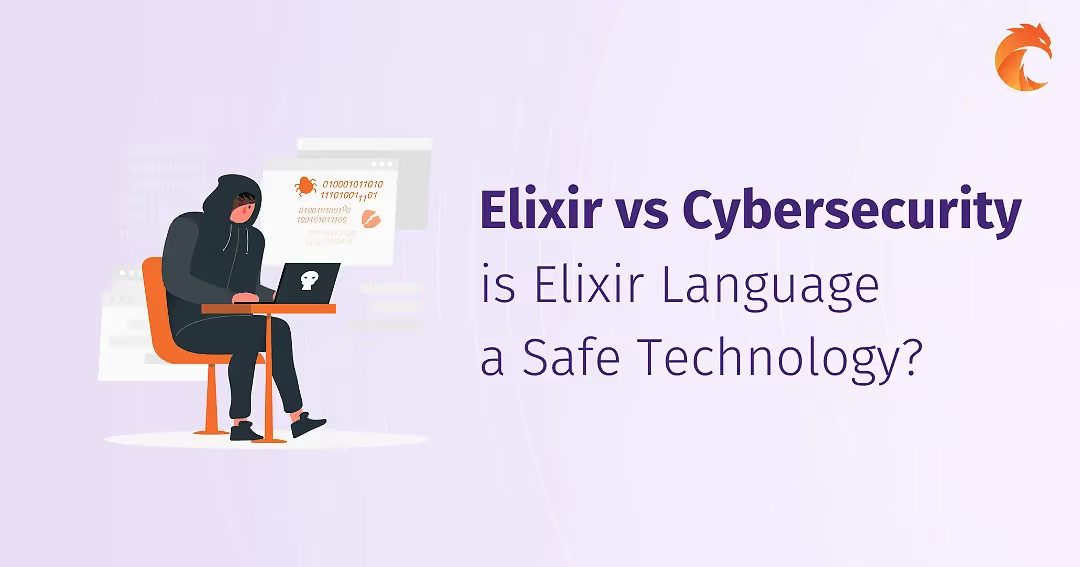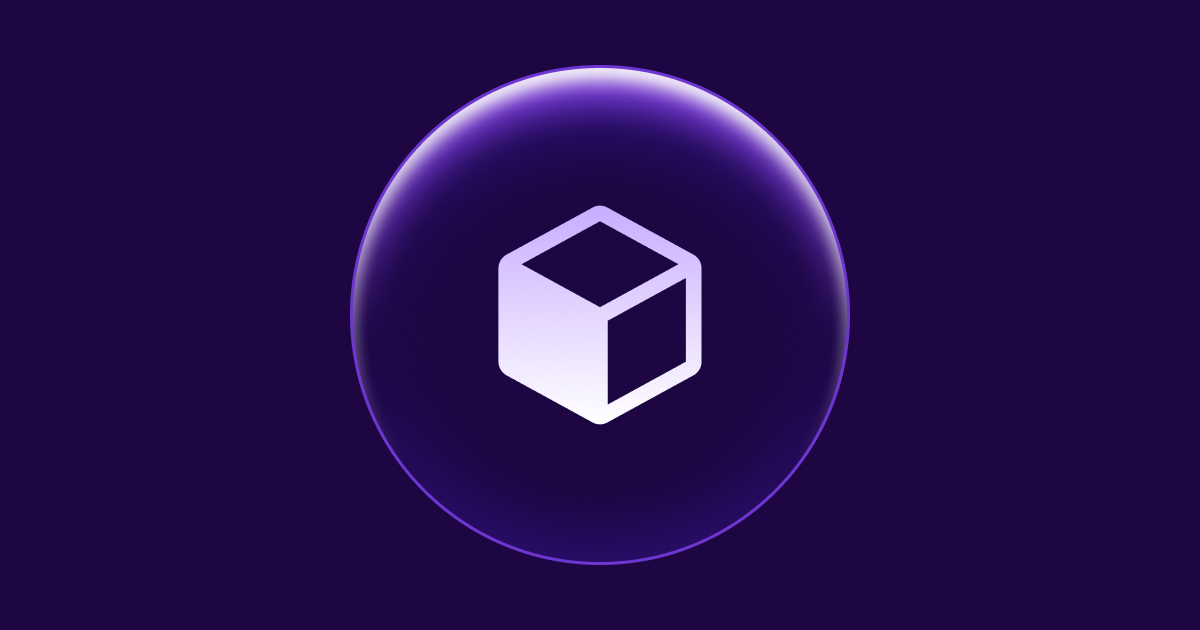Context maintainability & guidelines in Elixir & Phoenix


The concept of Phoenix Context may appear straightforward, yet its potential for significantly boosting Phoenix app maintainability is profound. However, the truth is many developers grapple with its effective implementation.
In this blog post, I will unveil a strategic solution for optimizing context organization, a critical step towards sustainable and efficient Phoenix app development.
Phoenix Context
The origin story
I still remember times when Phoenix Context wasn't a thing in our beloved framework. Before it was introduced as a building block of modern web applications in Phoenix, whenever you wished to interact with a database, you would define a model. Essentially, a model contained an Ecto schema and a set of functions to perform CRUD (and other) operations on the resource. Need a time machine? Take a look at the "old times" docs: https://hexdocs.pm/phoenix/1.3.0-rc.2/ecto_models.html.
From my perspective, this concept had one significant disadvantage. It forced you to think about the Phoenix web application as a set of unrelated data resources. Long term, this is not ok because we all know that resources are, in most cases, very much connected. Phoenix Context came into the stage to tackle this issue.
What is a Phoenix context?
Instead of thinking about the Phoenix app as a set of unrelated data resources, Phoenix Context suggests grouping them in "clusters". The reasoning behind forming a given group should not be random. The best-case scenario is when the cluster consists of resources that together form a specific business domain within the application.
Let's say your application is called App , and it's a premium blog, which means you have to pay to get in. You can imagine that this app defines the following contexts:
App.Account
Here, all account-related operations will be performed. Things such as:
- Authentication
- Authorization
- Users CRUD operations
- Admins CRUD operations, if you decide to make it separate from Users
App.Blog
Here, all blog content-related operations will be performed, such as:
- Posts CRUD operations
- Comments CRUD operations
- Media CRUD operations, like images or videos
I can imagine much more things going into this context, but let's keep it simple.
App.Billing
Here, all billing-related operations will be handled. You can imagine subscriptions, payments and customer management in one place.

In the old Model approach, developers would define these resources anyway, but there would be a lack of a bigger picture.
Phoenix Context vs Bounded Context in Domain-Driven Design
In Domain-Driven Design (also known as DDD), the term "Bounded Context" refers to a specific responsibility within the software, with clear boundaries that distinguish it from other responsibilities. These boundaries help to avoid the entanglement of different domain models, ensuring that each model remains focused on its specific problem space.
While not explicitly derived from DDD, Phoenix Contexts embody the same principle. They provide a dedicated module that groups related functionality, effectively creating a "boundary" around a specific feature set or area of concern within the application.
I have to point out that to form such boundaries effectively, you'll need to follow specific rules that I will share in this article.
Why Phoenix Context approach is better than Ecto Model
I consider the Phoenix Context approach a great step towards web application maintainability, and here are some concrete reasons why.
Better Organization and Encapsulation
Contexts provide a clearer way to encapsulate functionality and manage dependencies. Each context deals with a specific part of your application's business logic. It's easier this way to see how different parts of your application interact with each other.
Improved Maintainability
Maintaining and updating your code is easier when related resources' functionalities are grouped together. If you need to change something about how a feature works, you'll typically only need to change code within a single context.
Clearer Boundaries
Contexts define clear boundaries between different parts of your application, which allows you to see the "big picture" of how your application works. This is especially helpful in larger codebases, where it can be hard to understand how different resources relate to each other.
Reduced Coupling
Coupling leads to issues with maintainability, scalability, and testing. Defining clear boundaries between different parts of your application with contexts will help you reduce or eliminate the coupling between domains.
Enhanced Testability
Since, thanks to Phoenix Context, our app business domains are now isolated, it's easier to write predictable tests for each of them.
Road to maintainable Phoenix Contexts
Phoenix Context is quite a simple concept. Nonetheless, it's quite often used in the wrong way. The main goal of this article is to introduce easy-to-follow steps that, in the long term, will help you maintain the code. Let's go through these steps one by one in this section.
1. Spend some time on the definition of the context
This step is not even code-related. It's all about a higher level of thinking before any line of code is written. If you're thinking about introducing a new resource in the app, first ask yourself:
Is there already a context within the app, that this resource belongs to?
If the answer is yes, then you already know where to define the resource. However, if the answer is no, then you should spend some time answering the next question:
What kind of app module am I building with this new resource?
Be careful with both questions since:
- You don't want to build too big contexts. Usually, it's possible to create smaller ones.
- You don't want to end up with "one resource contexts". This path would eventually lead to a solution similar to old Ecto Models, which we're trying to get away with here.
While it may appear straightforward, defining new contexts and maintaining existing ones is no simple task. This process requires developers to adopt an abstract mindset, thinking independently of the code. This requires a shift away from concrete coding tasks towards more conceptual considerations.
2. Dividing big context modules into smaller ones
Sooner or later, you'll discover that context modules grow fast. The documentation states that context-related logic should be defined within the context module. Whenever you use context generator, such as:
mix phx.gen.context Account User users email:stringThe resource-related logic, in this case User, will be added (or created) within the context called Account. Calling this generator again, but this time for admin:
mix phx.gen.context Account Admin admins email:stringwill add admin-related functions to already existing Account context file.
Imagine having around four resources grouped in such a context. All in all, it leads to big, if not huge context files.
To illustrate a very simple yet already troublesome scenario, take a look at the Account and Blog contexts I generated in a sample project: https://github.com/curiosum-dev/elixir-phoenix-context-blog-post/tree/feature/contexts.
Only four resources are within Account context, and it's already 392 lines long. Our goal here is to reduce it drastically.
Dividing context
To split the context into smaller ones, let's create a solution where:
lib/account.excontext file will contain all of the functions available withinAccountcontextlib/account/subcontexts/[plural resource name].exwill contain operations for each resource defined withinAccountcontext
Note that I introduce subcontext terminology here. This name doesn't exist in Phoenix, but we use it in Curiosum to mark that it's a subset of context.
So, let's say that our Account module looks like this:
lib/account.ex
defmodule App.Account do
alias App.Repo
alias App.Account.{User, Admin}
# User related functions
def list_users do
Repo.all(User)
end
def get_user!(id), do: Repo.get!(User, id)
# Other User related functions
...
# Admin related functions
def list_admins do
Repo.all(Admin)
end
def get_admin!(id), do: Repo.get!(Admin, id)
# Other Admin related functions
...
endLet's start with splitting user-related functions into another module:
lib/account/subcontexts/users.ex
defmodule App.Account.Users do
alias App.Repo
alias App.Account.User
# User related functions
def list_users do
Repo.all(User)
end
def get_user!(id), do: Repo.get!(User, id)
# Other User related functions
...
endThe same goes for admin-related functions:
lib/account/subcontexts/admins.ex
defmodule App.Account.Admins do
alias App.Repo
alias App.Account.Admin
# Admin related functions
def list_admins do
Repo.all(Admin)
end
def get_admin!(id), do: Repo.get!(Admin, id)
# Other Admin related functions
...
endFinally, to make all of them available in account context, let's use defdelegate :
defmodule App.Account do
alias App.Account.Admins
alias App.Account.Users
# User related functions
defdelegate list_users(), to: Users
defdelegate list_users(id), to: Users
# Other User related delegates
...
# Admin related functions
defdelegate list_admins(), to: Admins
defdelegate list_admins(id), to: Admins
# Other Admin related delegates
...
endWith this context design, at Curiosum, we aim to do the following things:
- When we test context, we do it in a test file for a given subcontext but always call the function from the context itself. So, for instance, for user-related functions, tests would be defined within
test/app/account/subcontexts/users_test.ex, but for each test, we would call a function directly fromApp.Accountcontext. Thanks to that, we don't end up with huge context test files. - We always interact with context, never with subcontext. So instead of calling
App.Users.list_users, you would callApp.Account.list_users. - When given function from
Accountcontext needs to interact with two or more resources defined within this context, we implement it within lib/account/subcontexts/shared.ex file. Thanks to that, it's very straightforward regarding when to put a given function,
And that's it. The hard part, though, is to consistently stick to these rules so that we don't end up with a mess after all.
You can see how I divided Account and Blog contexts into subcontexts and applied delegations in our sample project on Github: https://github.com/curiosum-dev/elixir-phoenix-context-blog-post/tree/feature/context-and-subcontexts.
3. Never do cross-context referencing
How many times have you found yourself in the following scenario:
I need to implement an operation, that interacts with x resources defined within y contexts. Where should I implement it?
The most common scenario is either:
- Controller, which would give it too many responsibilities.
- Context file, which always creates cross-referencing, or in short - coupling.
Neither of these scenarios is desired, but there is an easy solution to this problem.
Meet Services (or call it as you want)
Internally, at Curiosum, whenever there are two or more contexts involved in a given operation, we create a special Service module.
Let's return to the example of a premium blog I pictured at the beginning of this article. To view a premium article, you should pay first. Once the payment is made, a special User column called is_subscribed might be set to true. This has to be an atomic operation, therefore let's use transactions (Not familiar with transactions? Check our blog post: https://curiosum.com/blog/elixir-ecto-database-transactions):
lib/services/subscribe_user_to_premium_service.ex
defmodule App.SubscribeUserToPremiumService do
alias Ecto.Multi
def run(user, billing_details) do
Multi.new()
|> Multi.run(:pay_for_subscription, pay_for_subscription(billing_details))
|> Multi.run(:update_user_is_subscribed_column, update_user_is_subscribed_column(user))
|> App.Repo.transaction()
end
...
endFor simplicity, I'm not implementing the private functions mentioned in Multi.run/3.
This solution has a disadvantage - for each operation like this one, you have to create a new file. It's also quite hard to put these files into folders since they relate to resources from different contexts, so the big question then is - how to name the folders? In the above case, it can be both /billing as well as /account and putting it into either of these will depend on developers' preferences.
The goal, though, here is to maintain clarity and simplicity, so I would advise to create Service module for reach operations like this one and put it directly to /services folder.
What are the benefits?
- No coupling.
- Easy testing.
- Easy-to-follow rule.
One last thing is naming. I picked a Service name, but you can call it as you want. Just make sure that your team understand the goal behind it.
4. Optionally, spot repetitive operations, and use macros
Let's be honest with each other - in most web apps, each context has a subset of repetitive functions. These are usually CRUD functions.
Depending on your team's preferences, you may want to define a module that injects such operations with use function. It can significantly reduce the time needed to develop context files, but as developers are divided on this topic, I decided to tag it as an "optional" one.
5. Use tooling to focus on productive work
I will write another article on this topic (stay tuned and subscribe to our newsletter), but you can already test a library we wrote at Curiosum to help you easily follow points 2, 3 and 4 from this article. Its goal is to:
- Spot cross-references
- Help you delegate
- Generate CRUD operations
Take a look: https://github.com/curiosum-dev/contexted.
Summary
Elixir developers often tend to choose umbrella apps approach to force the decoupling of business logic context files. Umbrella has its flaws, and you don't need it for this particular goal. You can maintain contexts right, even when using a good old monolith approach. The proposed solution is a set of easy-to-follow rules that, if applied properly will help you maintain contexts right.
One last thing I'd like to mention here is that in this approach, it's quite easy to divide big applications into smaller ones. You already have nicely designed folders that encapsulate a given domain. Each domain can eventually become a core of a separate application, which is a huge win.
If you're looking for consulting on this topic, feel free to contact us at our contact page or read more about our Elixir & Phoenix development services.
I hope you enjoyed this article!
Want to power your product with Elixir? We’ve got you covered.
Related posts
Dive deeper into this topic with these related posts
You might also like
Discover more content from this category
With so much of our life going online now, it's more important than ever to understand cybersecurity - what it is, why it is crucial, and how we can protect ourselves from cyber threats. In this post, I will introduce you to the world of cybersecurity and tell you how Elixir programming language works in this environment.
It can be tough to find Elixir developers. They're a rare breed and love the language so much that they're often hard to pull away from their current projects. So, what to do, if you're looking to add Elixir development capabilities to your business?
Have you ever thought about making and handling reusable pieces in Phoenix? Or splitting big HTML templates into smaller, easier-to-read parts?




